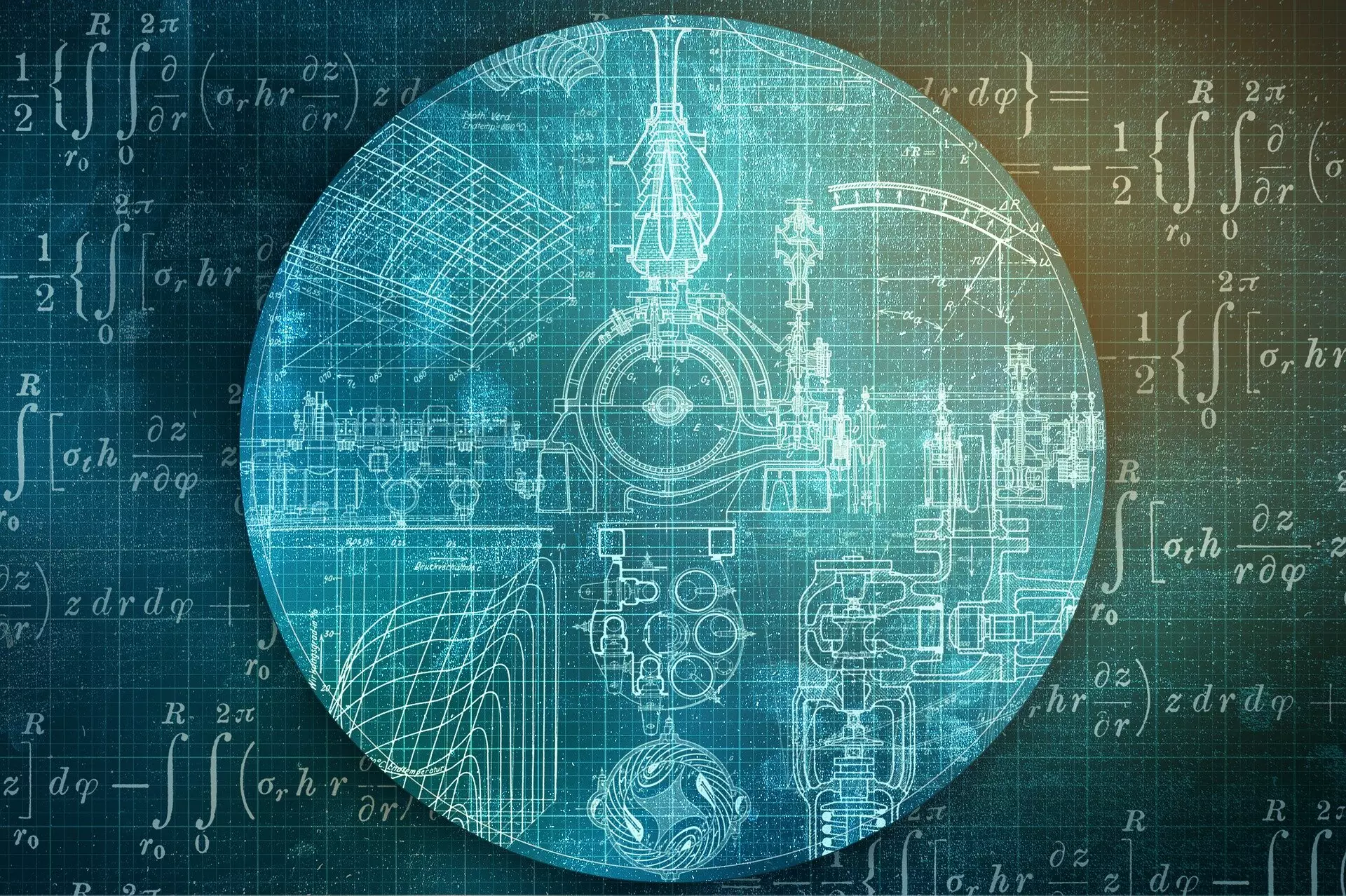In recent times, the field of artificial intelligence has witnessed remarkable progress in the realm of generative models. These models, which are a type of machine-learning algorithm, have the ability to learn patterns from existing datasets and generate new data that is similar in nature. Generative models are widely employed in creating images, text, and even music, showcasing their versatility and potential in various applications.
Despite the success of generative models in practical applications, there exists a significant gap in our theoretical understanding of their capabilities and constraints. This lack of comprehensive theory can potentially hinder the development and utilization of generative models in the long run. The primary challenge lies in effectively sampling from intricate data patterns, particularly in the context of high-dimensional and complex datasets commonly encountered in modern AI environments.
A recent study led by Florent Krzakala and Lenka Zdeborová at EPFL delves into the efficiency of contemporary generative models that leverage neural networks. The research, published in PNAS, compares these advanced methods with traditional sampling techniques, with a focus on specific types of probability distributions relevant to spin glasses and statistical inference problems. The study examines various generative models, including flow-based models, diffusion-based models, and generative autoregressive neural networks, to understand their ability to sample from known distributions.
The researchers employed a theoretical framework to evaluate the performance of neural network-based generative models in sampling from complex probability distributions. By mapping the sampling process to a Bayes optimal denoising problem, the study drew parallels between data generation and noise removal processes. Inspired by the behavior of spin glasses, the researchers explored how generative models navigate intricate data landscapes and compared them with traditional sampling methods like Monte Carlo Markov Chains and Langevin Dynamics.
The findings of the study suggest that modern diffusion-based generative models may encounter difficulties in sampling due to abrupt changes in denoising paths. While traditional methods exhibit strengths in certain scenarios, neural network-based models demonstrate superior efficiency in others. This nuanced understanding provides a balanced perspective on the strengths and limitations of both traditional and contemporary sampling techniques, paving the way for more robust and efficient generative models in artificial intelligence.
The research serves as a guide for the development of next-generation neural networks capable of addressing complex data generation tasks with enhanced efficiency and accuracy. By establishing a clearer theoretical foundation for generative models, the study contributes to the advancement of AI technologies and underscores the importance of understanding the intricacies of modern data generation techniques.


Leave a Reply